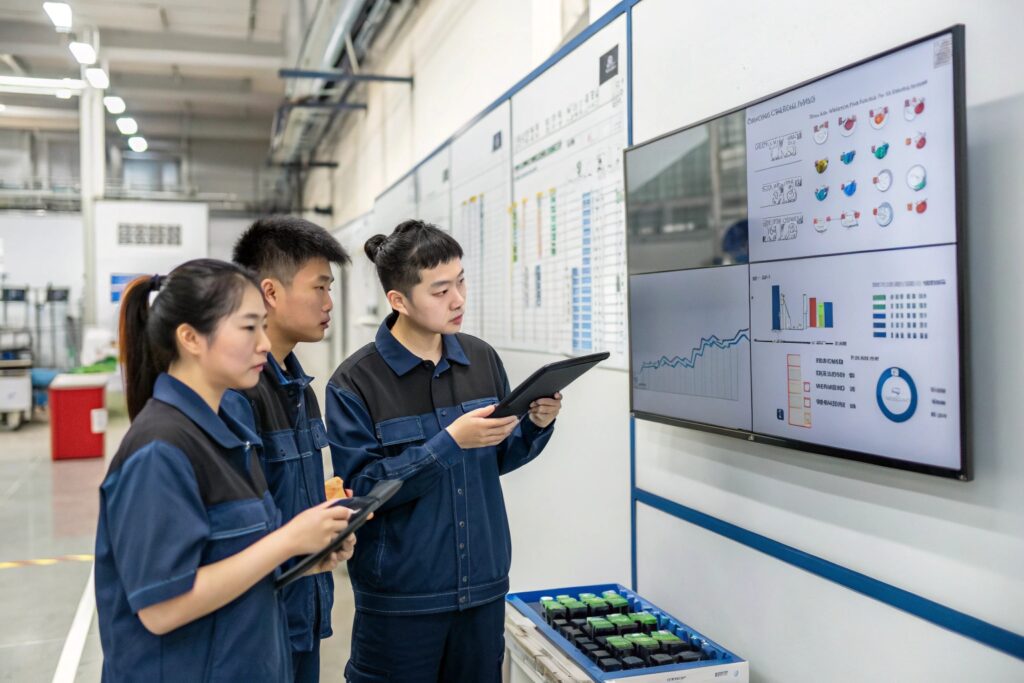Inflation is affecting nearly every part of the fashion supply chain—from raw materials to freight to labor. As a result, many brands, wholesalers, and retailers face increasing prices on products that were once stable, especially in fast-moving categories like hair accessories.
Leading hair accessory manufacturers stay competitive by optimizing materials, improving production efficiency, offering scalable solutions, and building long-term logistics partnerships.
At HairAcc, we've weathered price surges in resin, packaging, labor, and shipping—without passing the full cost to our buyers. In this article, I’ll explain how top manufacturers keep prices stable, even when inflation hits global markets hard.
How Do Factories Reduce Material Cost Without Losing Quality?
Material prices are one of the most inflation-sensitive cost drivers. Plastic resin, elastic threads, and fabrics have seen double-digit cost jumps since 2022. So how do factories absorb these increases without sacrificing quality?
Top manufacturers adopt material substitution, batch purchasing, and smart forecasting to control input costs.
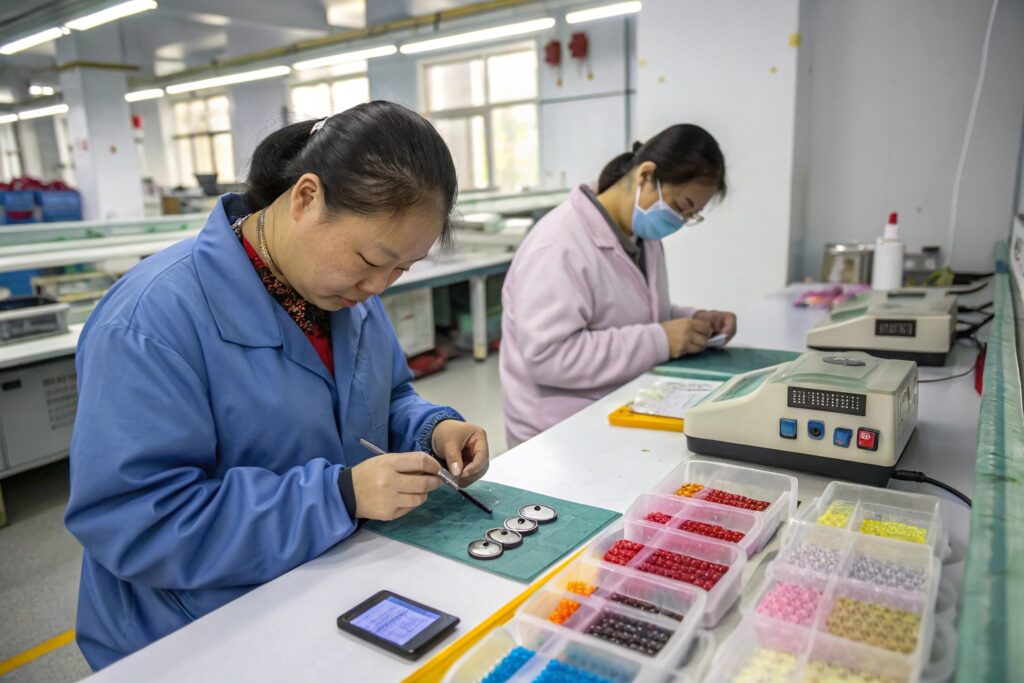
What Are Some Smart Substitutions for Costly Materials?
Instead of cutting quality, factories often switch to comparable but more stable materials. For example, replacing acetate with high-grade injected resin, or using recycled polyester blends for scrunchies rather than pure silk.
At HairAcc, we’ve helped clients redesign claw clips using glass-filled nylon, which maintains durability while cutting resin cost by 15%. You can explore options like Eastman’s Tritan™ or BASF Ultramid® for technical guidance on engineered alternatives.
This ensures style and strength remain intact—even when raw prices rise.
How Does Bulk Buying Help Offset Inflation?
Larger factories often buy elastic threads, resin pellets, and satin in annual contracts, securing stable prices even when markets fluctuate. By negotiating quarterly or annual rates with material mills, they create buffers that protect your order cost.
Many buyers ask: "Can I get lower prices if I pre-book material for future orders?" The answer is yes. By forecasting demand, you let us buy ahead—often 5–10% cheaper than reactive sourcing.
Platforms like Alibaba RFQ or Global Sources let you preview cost fluctuations before entering fixed agreements.
What Role Does Production Efficiency Play in Cost Control?
When inflation hits, labor costs rise alongside energy and rent. A smart manufacturer won’t just cut corners—they’ll improve how the product is made. Lean workflows and smart automation are key.
Efficient production helps factories maintain stable prices while reducing waste, overtime, and defects.
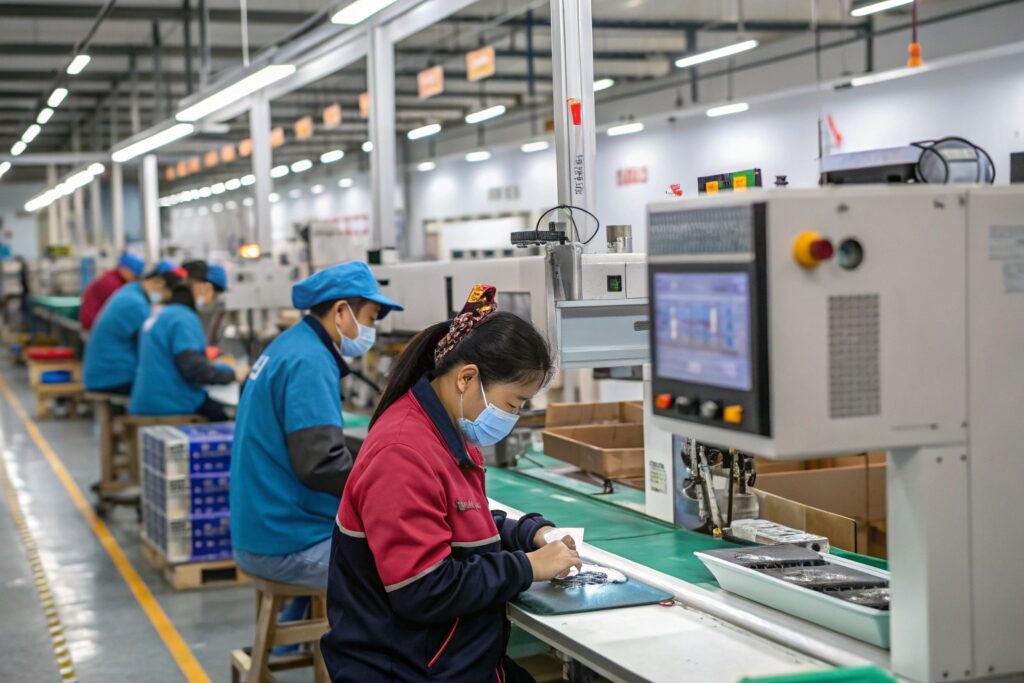
What Are Lean Practices in Hair Accessory Production?
Lean manufacturing means minimizing waste in time, motion, and material. For hair clips and scrunchies, this could include:
- Batch cutting multiple fabrics at once
- Jig fixtures to speed up resin shaping
- Pre-bundled trims to avoid delay on embroidery
We adopted digital heat presses for logo prints, cutting imprinting time by 40% for branded barrettes. Similarly, our switch to conveyor-based QC tables improved output rate by 25%.
For insights into lean manufacturing, check Lean.org or examples on ThomasNet Blog.
Can Automation Really Help in Small Accessories?
Absolutely. While full automation isn’t viable for intricate fashion accessories, semi-automation (like elastic loopers or resin clip ejectors) increases speed and reduces hand fatigue. The result? More output with fewer people, keeping per-unit costs lower.
HairAcc uses these methods to fulfill 100K+ clip orders in 10–12 days, even under labor cost pressure. Ask your supplier what portion of their process is automated—and whether they can offer speed-based discounts.
How Do Long-Term Buyer Relationships Stabilize Pricing?
One-off buyers suffer the most during inflation. Their orders are small, unpredictable, and hard to prioritize. On the other hand, repeat buyers often receive better pricing and more stability—because they give factories predictability.
By committing to longer-term volume or multi-order plans, buyers unlock preferred rates and insulation from short-term market shocks.
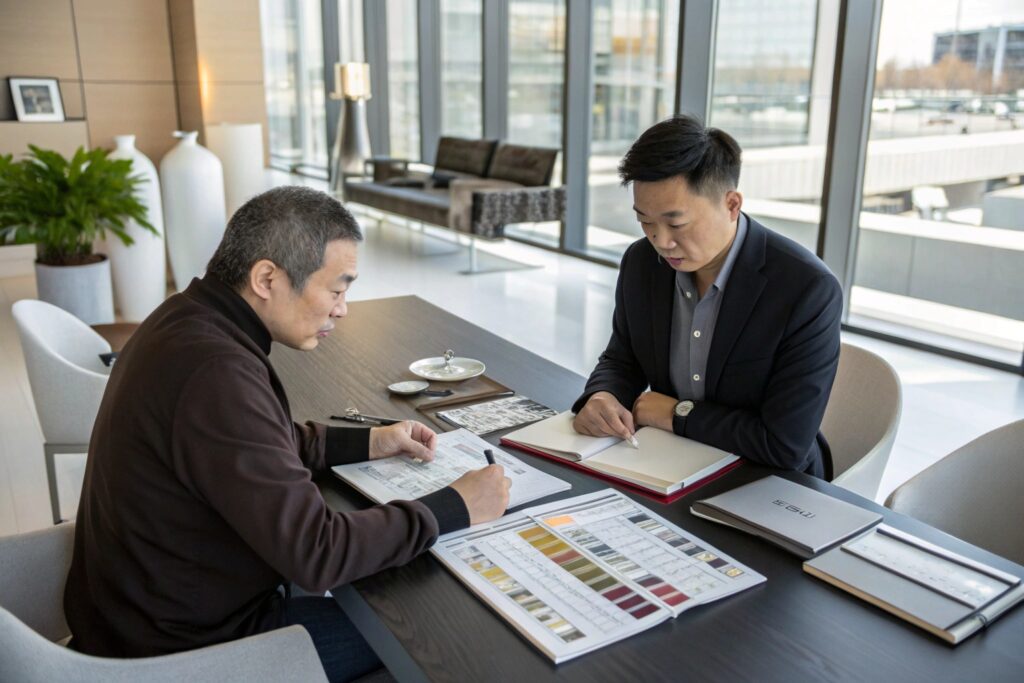
What Are Volume-Based Price Lock Strategies?
Let’s say you need 100,000 elastic hair ties over 6 months. Instead of buying 10K each time, pre-schedule a blanket PO. Factories can then book raw material and labor in advance, allowing 8–12% cost savings.
We’ve seen clients offer rolling POs every 45 days tied to product demand. Even though we ship in smaller batches, the fixed agreement lets us hold prices—even if elastic costs spike mid-year.
If you use systems like NetSuite or Odoo, they can support automatic PO scheduling.
How Do Loyalty Incentives Work in Manufacturing?
We reward our long-term buyers with perks beyond pricing:
- Free logo mold renewal every 100K clips
- No artwork setup fee for packaging
- First access to fast-track production windows
- Reserved dye lot for consistent colors
Even in volatile times, we prioritize orders from buyers who’ve been with us 2+ years. That continuity helps both sides survive inflation together.
What Shipping Tactics Help Offset Rising Freight Costs?
Global freight rates surged during the pandemic and remain unstable today. From sea container backlogs to air cargo rate hikes, shipping can now be 20–50% of total cost. Leading factories adapt through smarter shipping strategies.
By consolidating orders, optimizing DDP routes, and pre-booking with reliable freight partners, factories help keep your landed cost low.
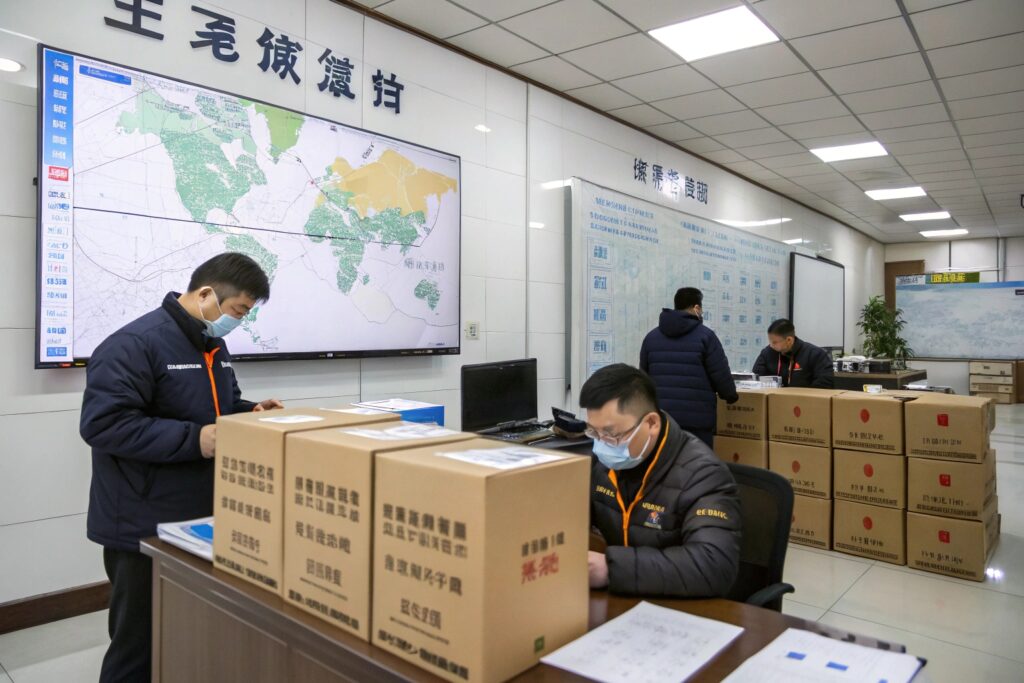
What Is Order Consolidation and Why Does It Matter?
If you’re ordering claw clips, headbands, and scrunchies—don’t split shipments. Factories like us consolidate multi-SKU orders into single containers or air shipments, reducing handling and base freight fees.
We also co-load orders with other buyers shipping to the same Amazon FBA warehouse or EU hub. For example, a French buyer saved 18% in freight just by sharing a DDP truck from Rotterdam.
You can explore options using Freightos or Flexport for visibility and cost modeling.
How Do DDP Agreements Help Control Total Cost?
Delivered Duty Paid (DDP) means the factory handles everything from customs to last-mile delivery. This avoids surprise duties or customs delays that inflate real costs.
At HairAcc, we lock in DDP rates quarterly and work with priority carriers on major lanes like:
- Shenzhen → LA / Chicago (7–10 days)
- Ningbo → Hamburg (DDP sea + truck, 28–32 days)
- Yiwu → Moscow (rail, 16–18 days)
Using 17Track or ParcelPanel helps monitor multi-leg shipments without added fees.
Conclusion
Staying competitive during inflation is a test of factory discipline and buyer partnership. Smart manufacturers reduce waste, substitute materials, optimize labor, and streamline shipping. But the real secret lies in strategic alignment—planning together with buyers, not just reacting.
At HairAcc, we don't chase price wars. Instead, we build stable, long-term relationships with our clients—so we can deliver high-quality hair accessories at fair prices, even when inflation hits the market hard.
If you're looking for a partner who can offer reliability, transparency, and scale during uncertain times—let's talk. We’re ready when you are.

